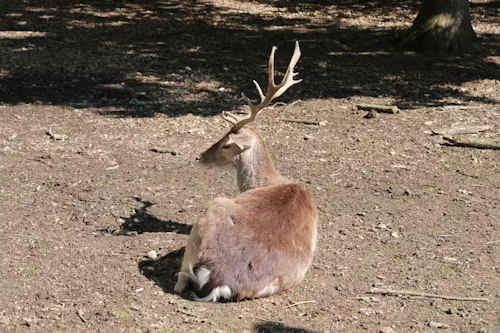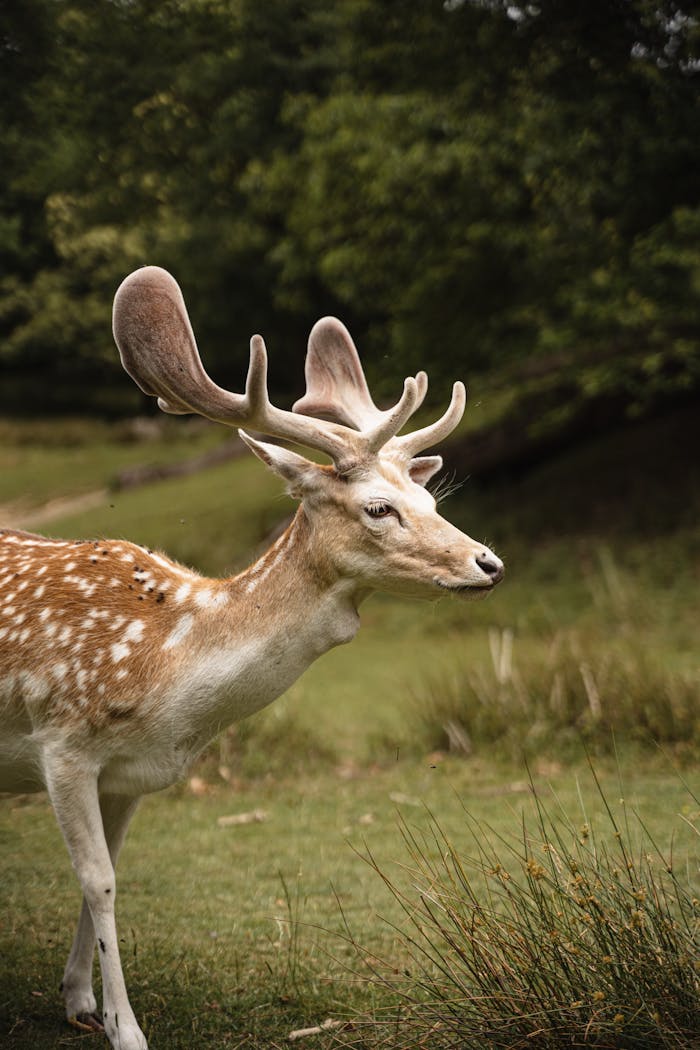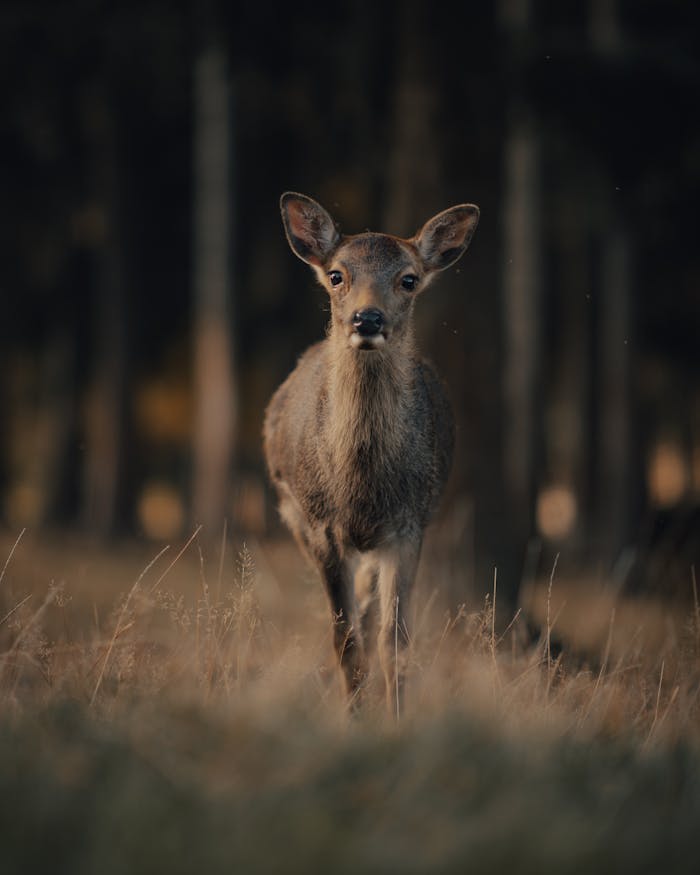Where Do Deer Give Birth? A Closer Look at Their Natural Instincts
In the wild, every animal follows a path shaped by its place in the food chain. Some are hunters. Others are hunted. But one thing connects them all—life begins with birth and ends in death. Deer are no different. And when it comes to bringing new life into the world, their instincts lead them to make careful, strategic choices.
So where do deer go to give birth? And how do they protect their newborn fawns from predators?
This guide explores the full process—from mating to birth—and how deer ensure the safety of their young in the wild.
Deer Birth: A Natural Process Without Help
Unlike humans, wild deer give birth without assistance. The process is guided by instinct, shaped by survival, and repeated year after year with very little variation.
After mating—usually during the fall rutting season—female deer (called does) enter a gestation period that lasts several months. The exact length varies by species, but it typically ranges from 200 to 290 days.
-
White-tailed deer: Around 201 days
-
Roe deer: Up to 290 days
Most deer carry their young through the winter, giving birth in late spring or early summer when conditions are more favorable for survival.
Where Do Deer Give Birth?
Does seek out quiet, well-covered areas to give birth. These locations are usually:
-
Secluded meadows
-
Thick brush or tall grass
-
Wooded edges near open fields
These environments offer two things: cover from predators and camouflage for the newborn fawn. Privacy is critical. A few days before labor begins, the doe will leave the herd and isolate herself to prepare for birth.
The Birthing Process
As the time for delivery approaches, the doe instinctively knows what to do. She alternates between lying down and standing up to manage labor. Most fawns are born while the mother is standing, which allows gravity to assist the delivery. The fawn usually emerges head-first, front legs tucked under its chin, in a position that looks like a dive to the ground.
Right after birth, the mother licks the fawn clean and eats the afterbirth. This removes scent and blood traces that might attract predators.
How Many Babies Do Deer Have?
Most female deer give birth to one or two fawns at a time, although some may have triplets. Smaller deer species tend to have larger litters, while larger species often birth a single fawn.
Throughout her lifetime, a doe may raise several fawns, though survival depends heavily on environmental conditions and predator activity.
What Happens After Birth?
Fawns are born with their eyes open, a full coat of fur, and strong legs. Within hours, they can stand and walk. But for the first few weeks, their survival depends on stillness and stealth, not speed or strength.
Here’s how deer keep their young safe:
-
Camouflage: Fawns are covered in white spots and have no scent, making them nearly invisible to predators.
-
Separation: The mother leaves the fawn hidden and returns only to nurse. This limits the chances of a predator catching her scent and locating the baby.
-
Stillness: Newborns instinctively stay motionless for long periods, even as danger approaches.
It’s not uncommon for people or pets to stumble upon a fawn without realizing it’s there—many domestic dogs have stepped on one before even smelling it.
Why Birth Location Matters
The right birth location can mean the difference between life and death. Open fields or areas without thick cover expose newborn fawns to foxes, coyotes, and even birds of prey. That’s why deer almost always choose areas with tall grass, undergrowth, or woodland shelter.
The birth site must also allow the mother to leave and return without drawing attention. While the doe is away feeding, the hidden fawn remains still, quiet, and virtually undetectable.
Finally
Deer give birth in some of the most vulnerable moments of their lives. But nature equips them with instincts that help protect their offspring from the start. By choosing quiet, covered locations and practicing careful behaviors, does give their fawns the best possible chance of survival in the wild.
Understanding where deer give birth—and why—reveals the remarkable ways animals adapt to life in nature.


